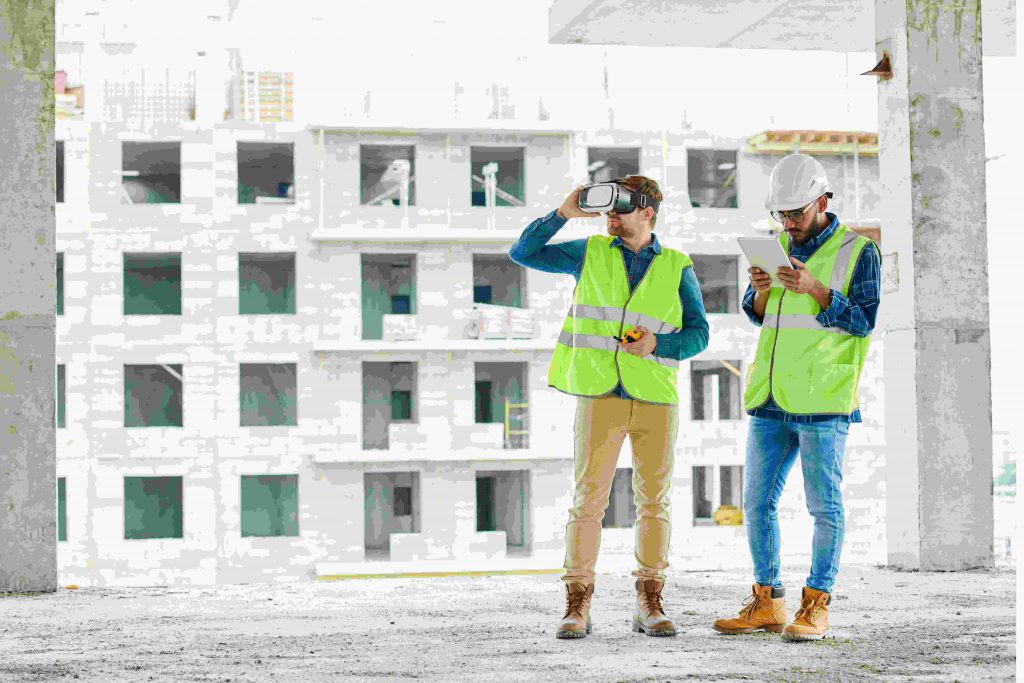The construction industry is poised for significant transformation in 2024, driven by advancements in technology, sustainability practices, and evolving workforce dynamics. These trends not only promise to enhance efficiency and productivity but also ensure that the sector remains resilient and adaptive to future challenges. This article delves into the most impactful trends shaping the construction landscape this year, providing insights into what professionals can expect and how they can prepare for the future.
Embracing Green Building Practices
Sustainability is no longer a mere buzzword in the construction industry; it has become a fundamental principle guiding modern projects. Green building practices are gaining traction, with an increasing focus on reducing carbon footprints and enhancing energy efficiency. Innovations such as green roofs, energy-efficient windows, and the use of recycled materials are becoming standard. The push for net-zero buildings, which produce as much energy as they consume, is a clear indication that the industry is moving towards more eco-friendly practices.
Beyond environmental benefits, green buildings also offer economic advantages, including lower operating costs and higher property values. Governments and regulatory bodies worldwide are also incentivizing sustainable construction through grants, tax credits, and stricter building codes, further driving the adoption of these practices.
Rise of Smart Construction Technologies
The integration of smart technologies is revolutionizing the construction sector. Internet of Things (IoT) devices, artificial intelligence (AI), and machine learning are being used to optimize construction processes, from project management to on-site operations. Drones and robots are assisting in tasks such as site surveys and bricklaying, reducing the time and cost of projects.
Additionally, Building Information Modeling (BIM) is facilitating better collaboration and decision-making through detailed 3D models and real-time data sharing. These technologies not only enhance efficiency but also improve safety by monitoring site conditions and equipment usage. As the industry continues to embrace digital transformation, the reliance on data-driven insights will grow, enabling more accurate forecasting, risk management, and resource allocation.
Modular and Prefabricated Construction
Modular and prefabricated construction methods are gaining popularity due to their ability to save time and reduce waste. These methods involve manufacturing building components in a factory setting and then assembling them on-site. This approach not only speeds up construction timelines but also improves quality control, especially with useful stainless steel manufacturing practices. As the demand for faster and more efficient building solutions grows, modular and prefabricated construction is expected to become more prevalent.
Furthermore, these methods offer greater design flexibility and can be adapted for a wide range of projects, from residential buildings to large-scale commercial developments. The precision of factory manufacturing ensures that components meet exact specifications, reducing the likelihood of errors and rework on-site. In an era where time and cost efficiencies are paramount, modular construction stands out as a viable solution for the industry’s evolving needs.
Focus on Workforce Development and Safety
The construction industry is facing a labor shortage, making workforce development a critical focus area for 2024. Companies are investing in training programs to equip workers with the necessary skills to operate new technologies and adhere to safety protocols.
Additionally, there is a growing emphasis on mental health and well-being, recognizing the physical and emotional challenges construction workers face. By fostering a safe and supportive work environment, companies can retain skilled labor and improve overall project outcomes. This includes implementing comprehensive safety training, offering mental health resources, and promoting a culture of safety and well-being.
The integration of wearable technology that monitors health indicators and fatigue levels is also becoming more common, helping to prevent accidents and ensure that workers are fit for duty. Addressing these workforce issues not only enhances productivity but also builds a more resilient and motivated labor force. Read this article if you want to know how to deal with workplace injuries.
Increased Adoption of Sustainable Materials
The shift towards sustainable materials is reshaping the construction landscape. Innovations in materials science are leading to the development of products that are both durable and environmentally friendly. Examples include low-carbon concrete, which reduces greenhouse gas emissions, and cross-laminated timber (CLT), a renewable alternative to traditional steel and concrete. As environmental regulations become stricter and consumer demand for sustainable buildings grows, the adoption of these materials is set to rise.
Sustainable materials not only reduce the environmental impact of construction but also contribute to the longevity and performance of buildings. For instance, green insulation materials improve energy efficiency, while recycled steel offers the same strength and durability as new steel with a significantly lower carbon footprint. As the industry continues to innovate, the use of sustainable materials will become increasingly mainstream, driving the transition towards greener construction practices.
Conclusion
The construction industry in 2024 is characterized by rapid technological advancements, a strong emphasis on sustainability, and a focus on workforce development. Companies that invest in sustainable practices, smart technologies, modular construction, workforce development, sustainable materials, and advanced project management software will be well-positioned to thrive. The future of construction is bright, and those who embrace these trends will play a pivotal role in driving the industry’s growth and evolution.
Salman Zafar is an acclaimed blogger, editor, publisher and digital marketer. He is the founder of Blogging Hub, a digital publishing portal with wide following across the world.





1 thought on “Leading Construction Industry Trends to Watch in 2024”